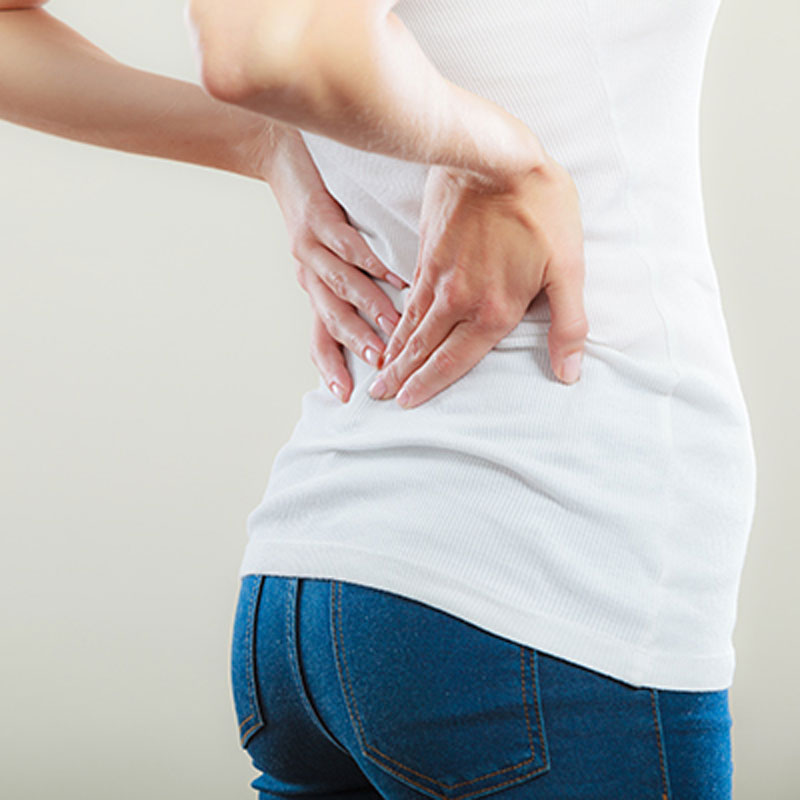 Is the term used to describe general lower back pain.
Is the term used to describe general lower back pain.
Pain in the lumbar or loin region.
Nonspecific lower back pain.
Muscular rheumatism; a general term for backache in the lumbar region.
Backache in the lumbar region.
Pain in the lumbar region of the back, usually caused by muscle strain, arthritis, vascular insufficiency, or ruptured intervertebral disc.
Low backache, of any cause or description. Severe lumbago, of sudden onset while bending or lifting, can be due either to a prolapsed intervertebral disk (PID) or to a strained muscle or ligament. When associated with sciatica it is probably due to a PID.
Pain in the lower (lumbar) region of the back. It may be muscular, skeletal or neurological in origin. A severe form associated with sciatica may be due to a prolapsed intervertebral disc. Less severe forms may be caused by osteoarthritis of the spine, a trapped nerve, inflammation of connective tissue, or may follow an old injury.
A general nonspecific term for dull, aching pain in the lumbar region of the back.
A broad expression for discomfort in the lower back. Lumbago might stem from a prolapsed intervertebral disc (slipped disc). Additionally, it could emerge if the synovium (joint membrane) becomes caught between surfaces in a minor intervertebral joint, or if there’s a brief subluxation (partial dislocation) of an intervertebral joint along with ligament strains. Nevertheless, in numerous instances, no identifiable cause is determined.
Therapy involves using analgesic medications (pain relievers) and engaging in mild physical activity.
Fibrositis impacting the lumbar muscles located in the lower back. While numerous cases stem from a mix of fibrositis and muscle pain often resulting from strenuous activities like digging, some recurring cases are linked to a slipped intervertebral disc.
